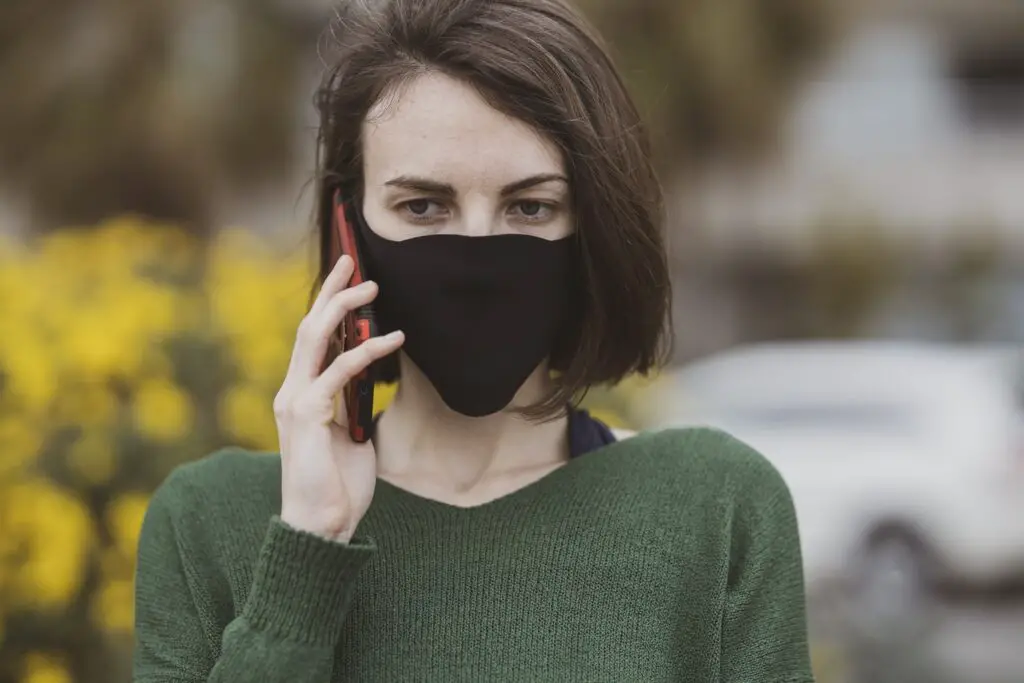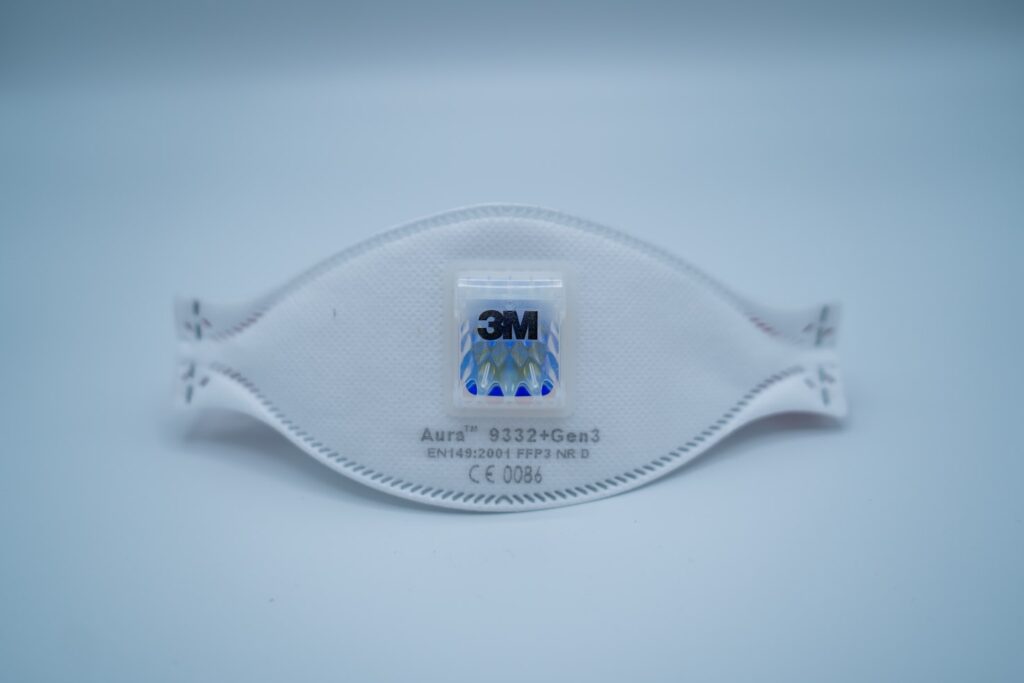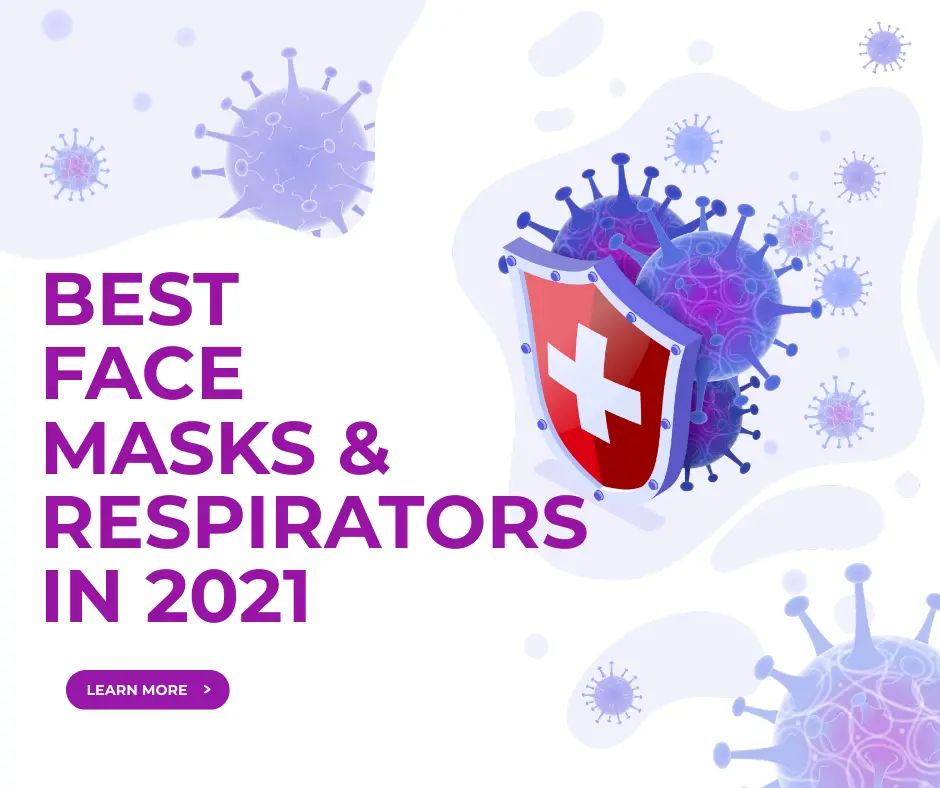Mask respirators are handy in public transport, shops, and work, where there isn’t much to do to prevent the infection via microscopic droplets. However, you are on the safe side with the best face mask respirator. You should always carry face masks with you to be prepared for encounters.
With the recommended face mask respirators, you will find ideal protection against airborne particles and viruses. Ready to find out more about choosing the right one? Then let’s go!

How do I recognize good face respirators?
You can wear a protective face mask or a respirator for safety when shopping and in other situations. This can protect against the likelihood of droplet infections and the inhalation of aerosols. Particulate matter can also be captured. Half masks are mainly used in everyday life. These are available in 3 protection classes: FFP1, FFP2, and the particularly safe category FFP3.
It is important that the mouthguard filters out even small particle sizes. The best respirator masks keep even the finest particles out and thus protect you from viruses, bacteria, and other pollutants.
There are also masks with valves for medical and nursing professions. NBC protective masks, which are used, for example, by the fire brigade, and in the construction industry, have proven to be particularly durable. In addition to the filter quality, choosing the best respiratory protection mask is about wearing comfort. This depends on the size and the attachment.
The 3 protection classes play a crucial role if you are looking for a protective mask during the COVID-19 pandemic. Material and shape, which have a significant impact on the safety and comfort of the mask respirators, are also important. The design also plays a role in the everyday use of the virus protection mask.
Protection class: Safe FFP2 and FFP3 respirator masks
The division into the 3 protection classes shows how reliably the breathing mask keeps pollutants out. The FFP1 class respirator models protect against non-toxic dust that is harmless to health.
An FFP2 respirator offers improved protection against solid and liquid dust and helps against aerosols and smoke. Here the permissible total leakage is a maximum of 11%. FFP2 masks are particularly recommended during the COVID-19 pandemic.
A protective respirator mask of class FFP3 keeps out harmful dust, aerosols, and smoke, thus protecting against toxic pollutants. In virus protection, in particular, this quality offers a high level of security with a maximum permissible leakage of 5%. In addition, the FFP3 masks are used in workplaces with a lot of dust.
Material: Choose between disposable and reusable respirator masks
The simple respiratory masks include the disposable masks from the pharmacy in particular during the COVID-19 pandemic. They consist of thin synthetic fleece. Fabric is an alternative material. You can sew a textile, washable mouth and nose protection yourself, order it online or buy it in a shop.
Most masks are made of cotton, but a polyester blend is also possible. Dimensionally stable plastic breathing masks are partly made of rubber or silicone.

Shape: respirator masks must be suitable for your face
In everyday life during the COVID-19 pandemic, you mainly wear half masks or quarter masks. These cover the mouth and nose while the eyes remain free.
A full-face mask encloses the whole face and is provided with a window. It often has an exhalation valve, a sealing frame, an inner mask, and sturdy straps or straps.
The shape depends on the type of protective mask. The large exhalation valves on ABC masks are noticeable. In comparison, the simple respirators adapt to the shape of the face. As an interim solution, there are round and square half masks.
There are various cutting patterns available for the production of a fabric mask. An almost anatomically shaped mask adapts directly to the mouth and nose. The rectangular variant is provided with folds. These fans out when you put on the breathing mask so that the fabric extends from your nose to your chin. The classic disposable cover also has this rectangular shape and a folding system.
A face mask has either elastic bands that run behind your ears or straps. You knot these ribbons at the back of your head. This can leave marks on the hairstyle, and it also takes a little longer to put on such a mask.
With a washable fabric mask, the straps or rubbers can wear out over time. In general, it is sufficient to tighten the fastening straps a little. A solid, heavy face mask often has sturdy straps that you can adapt to your own head shape.
What types of respirator face masks are there?
The protective masks differ in their material and protection class. With the overview of the tests, you will find out which respirator is the best for you and which models are washable. For the mask respirators to provide optimal protection against viruses and aerosols, good filtering is essential and must also fit well.
A face mask made of fabric
The textile mouth and nose protection face masks are washable and therefore reusable. The mask respirators made of cotton or polyester can be cleaned in the washing machine after use in the 60-degree program.
There are also tips for cleaning in boiling water or with a hot iron. For sufficient filtering of the pollutants, the fabric mask should have two layers and fit securely. The best models have a nose clip.
Medical protective masks
Face masks of protection class FFP2 or FFP3 are ideal for medical use. These protective masks or surgical masks offer improved self-protection. They can be cleaned hygienically and are therefore reusable. Some of these masks have an exhalation valve to make them more comfortable to wear. Special filters for the breathing masks optimize the protective function.
Protective work mask
A dust mask often corresponds to protection class FFP1 and thus only protects against coarse particles, for example, against wood dust. For better occupational safety, you need a fine dust mask of level FFP2. This filters out dangerous pollutants such as mold and asbestos.
Among other things, the fire brigade and some of the armed forces use these dust masks, which usually do not have an exhalation valve. The fixation with straps is relatively simple with these models but not always comfortable.
Which face mask respirator is right for me?
You can sew a fabric antivirus mask or buy a durable full-face mask respirators in black. It is vital that the respirator fits the area of application. In everyday life, simple protective mask respirators are sufficient.
Making your own mask
You can sew a mask against viruses yourself with a pattern and a suitable fabric or buy it as a finished face mask. Put the fabric respirators in the washing machine and then iron them with a hot iron to clean them. There are simple and colorful everyday masks for your errands. This is the only way to enter shops and public buildings in Corona times.
A disposable mask is available as a variant. This is thrown away after use. If used too often, bacteria will accumulate on the fabric or plastic mask. So the necessary protection is no longer given. Therefore, hygienic rules must be observed when using cloth masks.
You can find sewing patterns online, but please note that there are no tests of respiratory masks available on the Internet, but only instructions and patterns for DIY masks. You can use it to sew yourself a matching mouthguard that you can wash over and over again. The ideal model for your face shape is among the various templates.

The virus protection face mask respirator with a high protection class for medical personnel
Consider purchasing a medical respirator if you work in a hospital or care facility. Type I masks are available for patients. These prevent droplet infection, which is a significant risk in a pandemic. Type II masks are available for healthcare professionals. These meet high hygienic requirements and are intended for use in the operating theater, among other things.
The best respirators in the test meet the N95 standard for air filtration. These are particle filtering masks of protection class FFP3. The test winners keep 98% and more bacteria off with their high filtration. This minimizes the risk of droplet infection, e.g. B. Corona and other viruses. Sterility is a critical issue, especially in a clinical setting, so you should pay attention to the safe quality of the protective masks.
The dust mask for workers who come into contact with asbestos and similar hazardous substances
For occupational safety, there are half and full masks that can be equipped with various filters. The unique particle filters keep dust and aerosols out. The exact classification of the protective mask respirators is based on the weight of the particles and the breathing resistance. In general, these dust masks are relatively heavy.
Depending on the place of work, the NBC protective mask respirator must keep out vapors and fine dust. They are used, for example, for work in agriculture and in the fire brigade. Here they serve as protection against pesticides and smoke. There are also protective masks for painting work. These prevent paints and chemicals from damaging the organism.
Who does the face mask respirator protect?
FFP2 medical protective masks and respirators protect both the wearer and other people. In comparison, everyday masks are mainly used to protect others from their own breath. They prevent the fine droplets of the air you breathe from getting into the environment, thus spreading viruses or bacteria.

